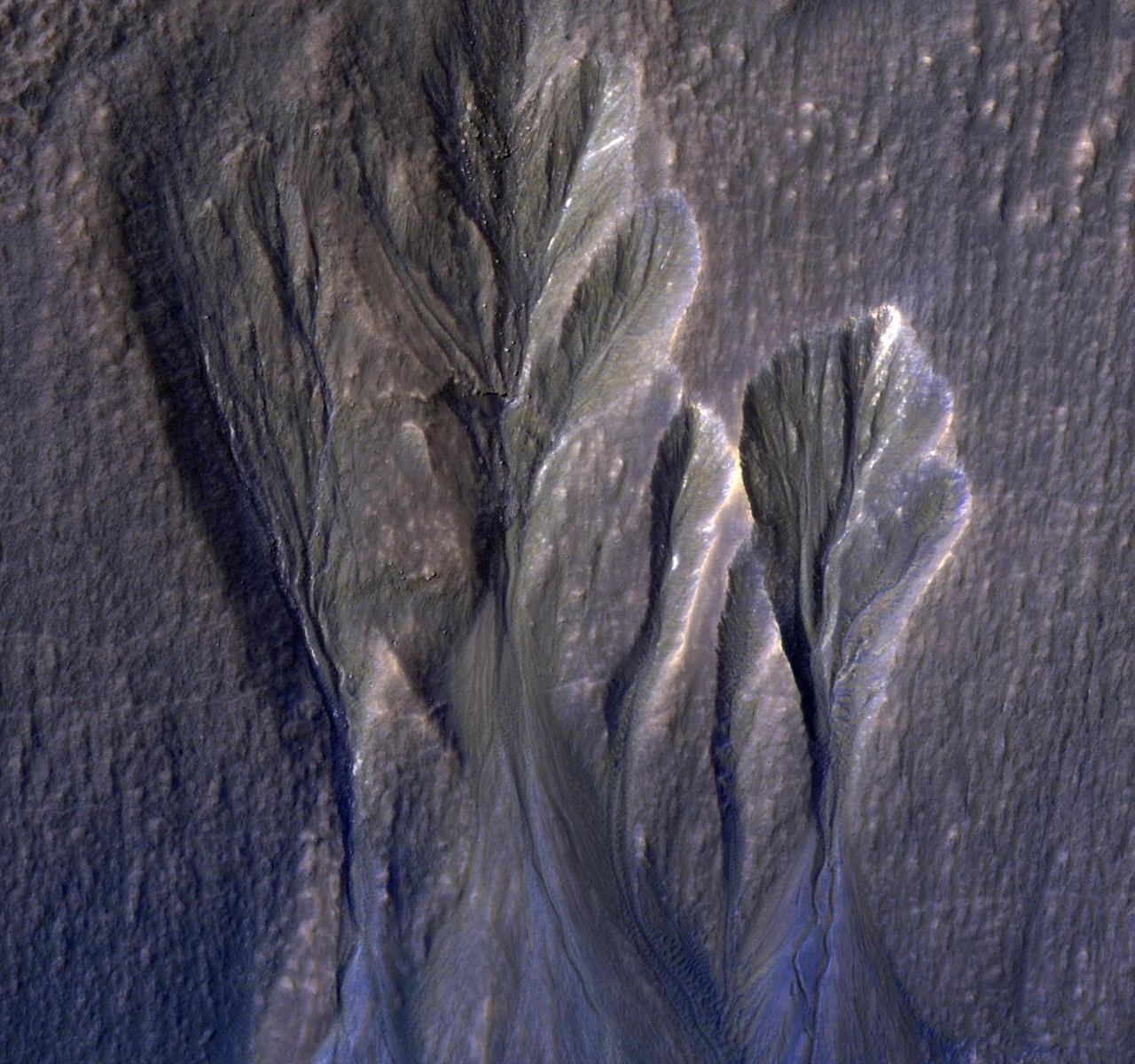
November 13, 2024 by Mark Thompson
Collected at: https://www.universetoday.com/169296/how-life-could-live-under-the-ice-on-mars/
Mars has been a fascination to us for centuries. Early observations falsely gave impressions of an intelligent civilisation but early visiting probes revealed a stark, desolate world. Underneath the surface is a few metres of water ice and a recent study by NASA suggests sunlight could reach the layer. If it does, it may allow photosynthesis in the meltwater. On Earth this actually happened and biologists have found similar pools teeming with life.
The exploration of Mars by space probes began in the 1960’s. It began with the Soviet Union Mars 1 and NASA’s Mariner mission and was soon followed by the well known Viking landers in 1976. They were the first missions to test surface material for signs of life. The Mars Pathfinder mission took along the Sojourner rover and was followed by Spirit and Opportunity rovers after the turn of the century. Curiosity rover was among the latest of the visitors along with Perseverance and China’s Tianwen-1. The focus of later missions has been the hunt for water and analysis of the climate and geology of the planet. This was not only to understand the conditions as the planet evolved but to pave the way for human exploration.

To date, there has been no evidence of life on Mars. The question has intrigued us for decades though. Of all the planets in the Solar System, Mars is the most likely place to have once harboured primitive life, chiefly due to the discovery of liquid water in the distant past. Evidence of ancient dried river beds has been found across the planet with mineral deposits indicating that Mars was once warmer, wetter and potentially far more habitable. Even organic molecules have been discovered by the Curiosity and Perseverance rovers but researchers continue to hunt for evidence (past or present) of microbial life.

A team of researchers from NASA have published a paper articulating their use of computer modelling to help the search. They have shown that sunlight can shine through the Martian water ice, perhaps even enough for photosynthesis to occur in shallow pools of meltwater.
There are two types of ice on Mars, frozen water and frozen carbon dioxide. The study explored water ice which had mostly formed as snow had fallen on the surface during a Martian ice age millions of years ago. The team believe that the key to the study are the dust particles that obscure light reaching the deeper layers of ice. They suggest that sunlight will warm the dark dust more than surrounding ice and then cause ice to warm and melt. Some scientists believe that ice at the surface cannot melt due to the thin dry atmosphere causing it to turn straight to a gas. This won’t apply to the ice deeper in the surface layer.

Such a process has been observed on Earth where dust heats ice, melts and allows the dust to sink. Over time, the dust particles will stop sinking through the ice but still generate enough heat to melt the ice and create tiny voids. It is here that thriving ecosystems have been found hosting simple forms of life.
The paper published in Nature Communications Earth & Environment, suggests the dusty ice can produce enough light at depths up to 3 metres to allow photosynthesis to occur. The subsurface pools of meltwater are protected from evaporating by the ice above. It also provides some protection from radiation too providing a possibly habitable environment for simple forms of life. The authors suggest the areas would likely form in the Martian tropics between 30 and 60 degrees latitude in both hemispheres.
Source : Could Life Exist Below Mars Ice? NASA Study Proposes Possibilities

Leave a Reply